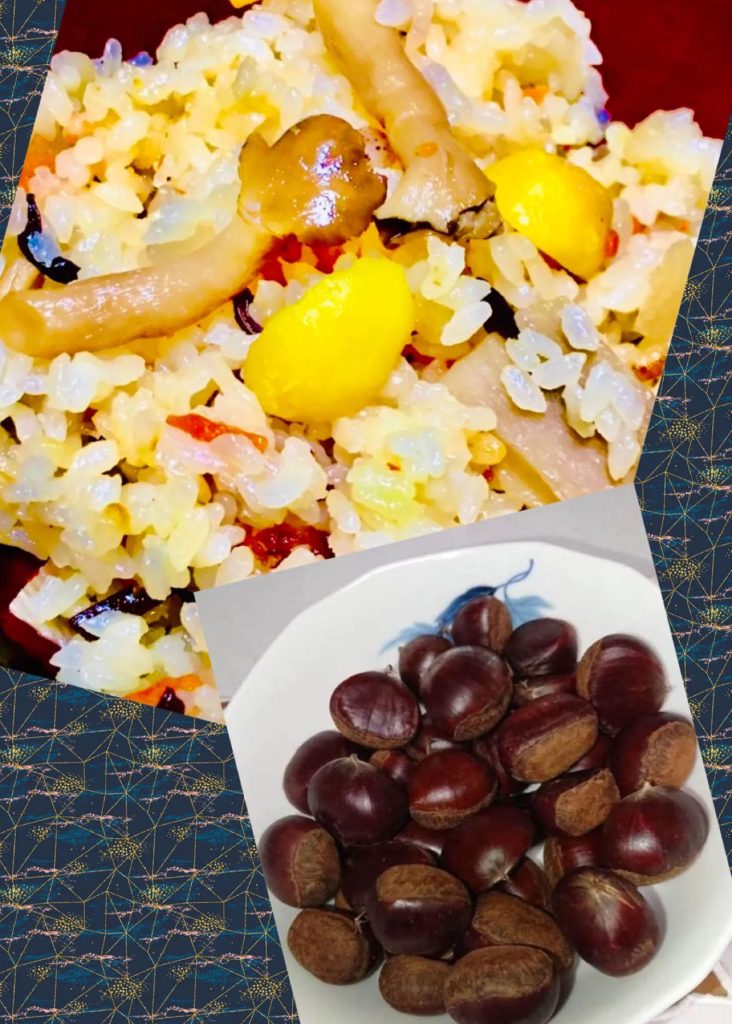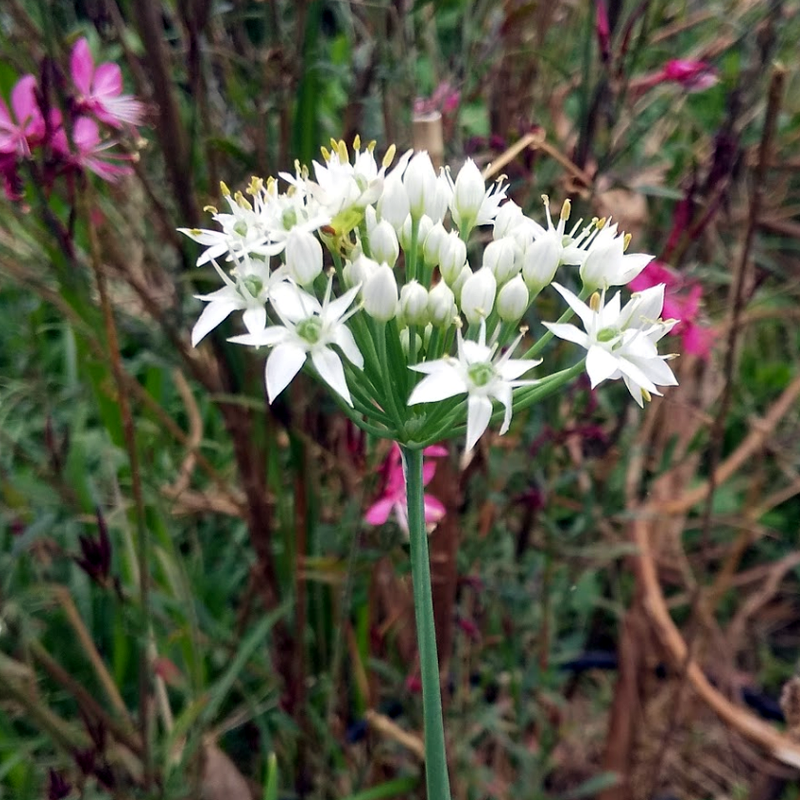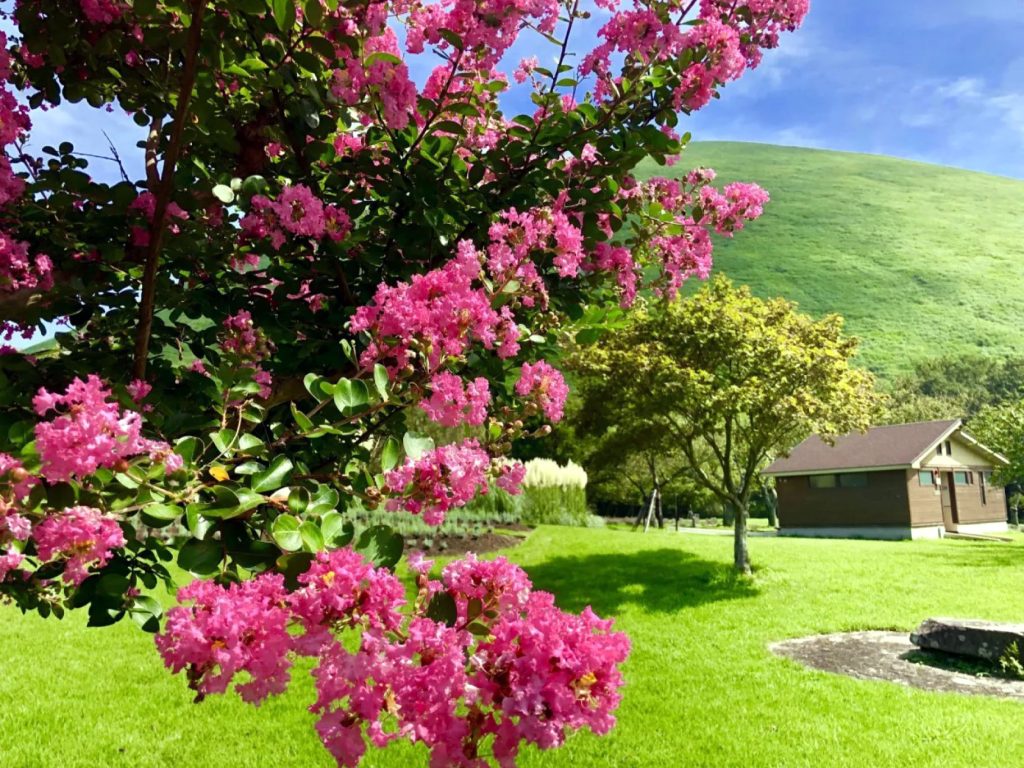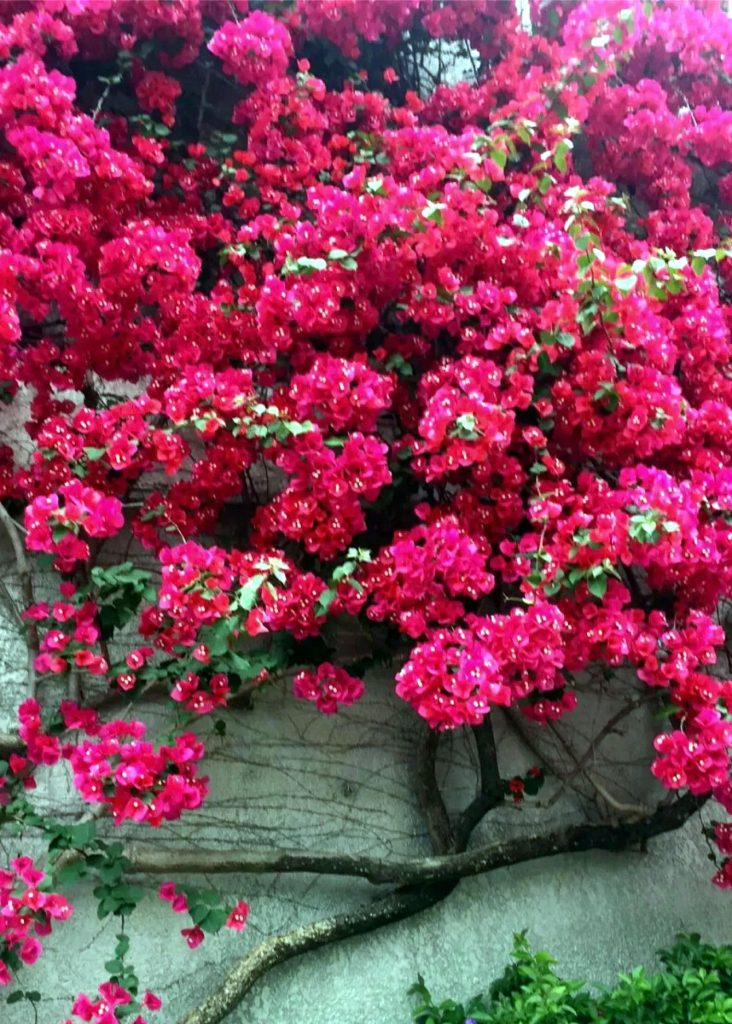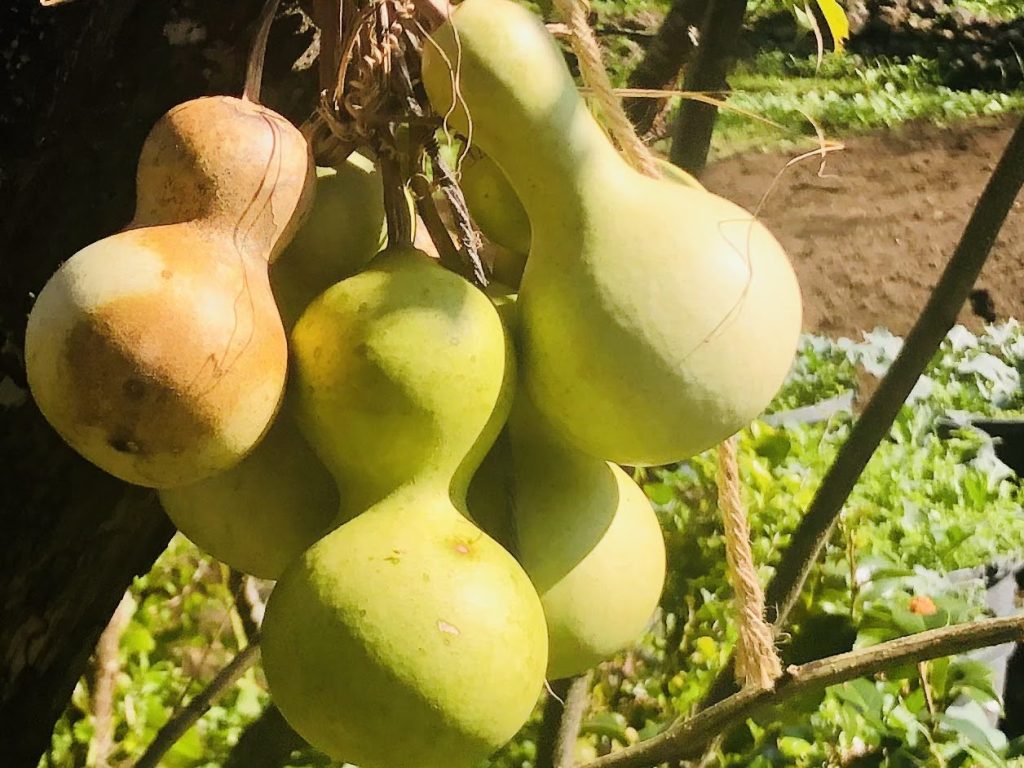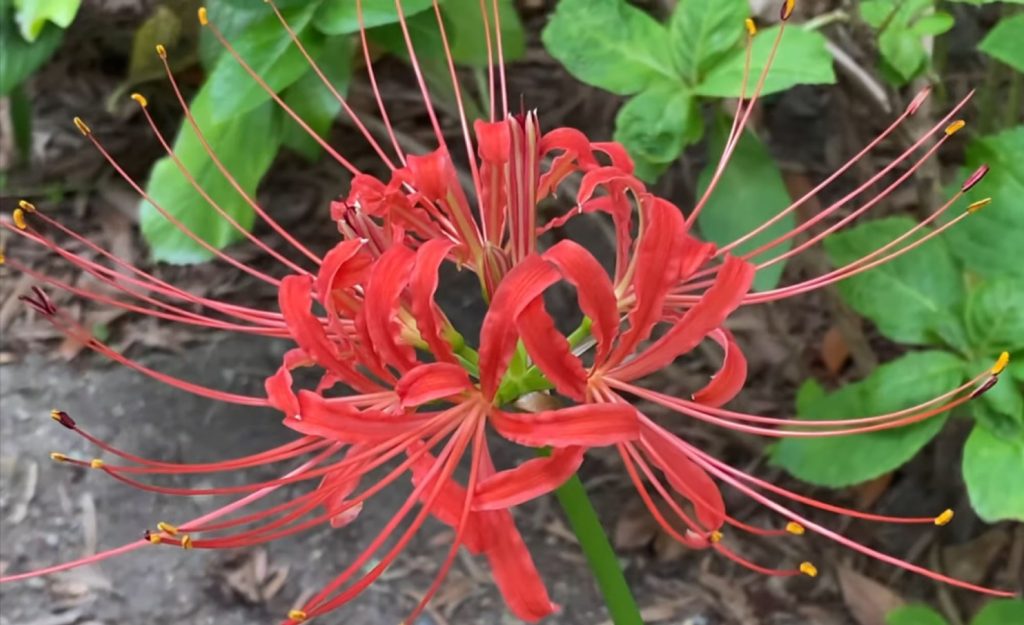
The red spider lilies have gradually swollen their buds, and this morning, a few of them have bloomed. There are still many buds to go, but they will surely be in full bloom by the equinox. It marks the true beginning of autumn. Over the past three years, a sense of closure prevailed due to the pandemic, and last year’s start was tentative. However, this year, it’s in full swing. People have been coming out everywhere since spring, and there’s been a surge in crowds at summer festivals, fireworks displays, and Bon dances. Yet, even as I watch the news on TV, the phrase “recovered to 70% of pre-COVID levels” is frequently used, suggesting we haven’t reached 100% or more. While it may not be as clear-cut as ‘heat and cold until the equinox,’ I believe that around this autumn equinox, we will go beyond 100% or more. Foreign tourists have also started to stand out, and I expect their numbers to increase even more. It’s a joyful development. However, personally, as I see the red spider lilies like this, I’ve also been reminded of the many people who have recently passed away, and there have been more occasions to remember them. It’s a complex mix of feelings.
徐々に蕾を膨らましてきた彼岸花、今朝は数本が花を開いていました。まだまだ蕾が多いですが、あっと言う間に開花は進み、お彼岸までには満開になるでしょう。本格的な秋の幕開けです。ここ3年間はコロナ禍で閉塞感が漂い、昨年は恐る恐るの幕開けでしたが、今年は満開です。春以来何処とも人出は増え、夏祭り、花火大会、盆踊りには溢れんばかりの人出です。しかし、テレビの報道を見ていても、「コロナ前の70%の回復」と言う表現が多く、100%またはそれ以上とは行っていない様です。「暑さ寒さも彼岸まで」ではないですが、この秋の彼岸あたりから、100%またはそれ以上に行くはずです。外国からの観光客も目立ち始めましたが、もっともっと増えるはずです。嬉しい事です。ただ個人的には、こうして彼岸花を見るにつけ、最近お亡くなりになった人も少なからずいて、故人を偲ぶ機会も多くなりました。複雑な気持ちです。

